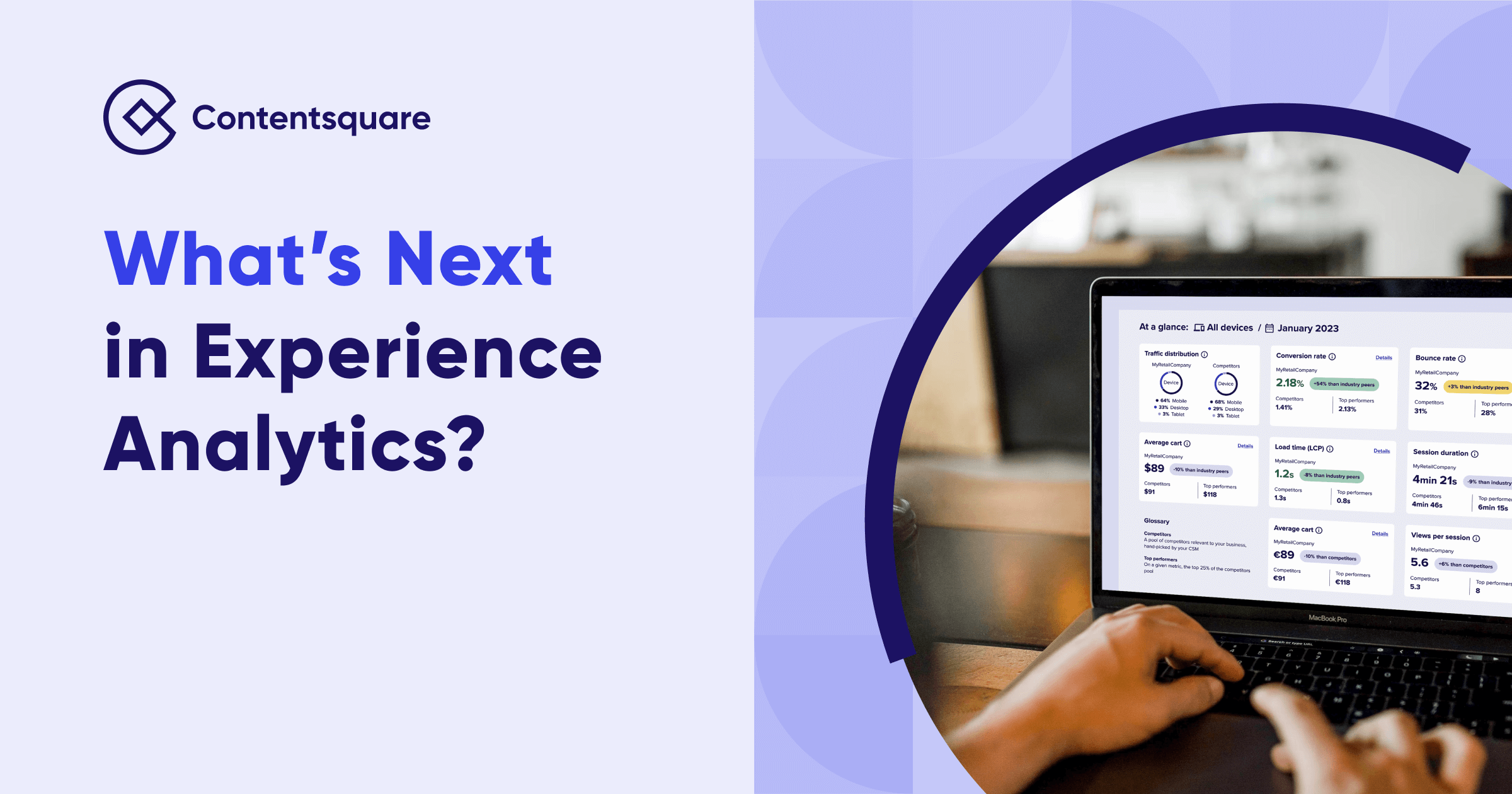How to build accessibility into your business with Ben Pintos-Oliver from Telstra

Ben Pintos-Oliver, General Manager of Digital Systems at Telstra (Australia’s largest mobile network), spoke at one of our recent events about how his team is building accessibility into their business. He also shared his top tips for brands who are looking to do the same.
If you missed the session, don’t worry; here’s a rundown of what was covered.
Three quick questions…
- Do you wear glasses?
- Have you ever broken a bone?
- Do you know someone over the age of 65?
If you answered yes to any of the above questions, then you’ve experienced (or know someone who has experienced) life with a disability.
And at some point, we’ll likely all find ourselves in one of these buckets. This is why digital accessibility is more important now than ever. Because we know these people, we are these people, we may become these people; which makes digital accessibility a necessity for all of us.
Firstly, the toothbrush argument
According to Ben, the key thing to remember when prioritizing accessibility is that it doesn’t just benefit one group of people – it benefits everyone.
Take the electric toothbrush, for example. Initially created in 1960 for US patients with limited motor skills, electric toothbrushes have revolutionized how millions of us brush our teeth – and not just those of us with disabilities either. Electric toothbrushes have made it easier for everyone around the world to maintain good oral hygiene. And this is just one example of why accessible design is so important.
Next up; the population is aging
“Within Telstra, 50% of our base is over 55 years old,” says Ben. “And we know there’s a large portion of that population (around 50%) that [may have] a disability. We also know that we have an aging population in Australia and that a 20% increase in over 65s will happen by 2030.”
This isn’t a fad; it’s something that we always need to be building towards.
So what are Ben’s top tips for getting accessibility onto your business’ agenda? Let’s take a look.
Ben’s top tips for kicking off your accessibility agenda
Tip one: Commit to a joint effort
According to Ben, one common pitfall in accessibility uptake is assigning a single team to promote your agenda. And that’s because creating truly inclusive experiences is a joint effort.
From HR to corporate relations, to your digital team; more voices create more noise so make sure you get people from across the company on board as soon as you can. Seeking out people company-wide who support your initiative will help ensure a smoother buy-in from C-level, too.
Tip two: Shout it from the rooftops!
Ben’s second tip is to weave the accessibility agenda into as many elements of your business as possible. “You might have other ethical agendas that are already on people’s roadmaps,” says Ben, so make sure to get accessibility on the table for these initiatives, too. From your company values to your commitment to doing business responsibly; what initiatives do you already have in place that could support promoting accessibility for everyone?
The idea is getting to [these initiatives] as quickly as possible to start to carve out a little bit of space to bring this to light.
Spotting and adding to the ethical agendas already on the table is a quick win for turning digital accessibility into a hot topic around your business.
Tip three: Make it a priority in every new project
“Don’t use accessibility as a checklist before you’re about to release something,” says Ben. You need to ensure accessibility is a question right from the start of any upcoming project. And that’s because there’s a real business cost to avoiding accessibility at the start.
Research shows that if you bring accessibility into the design and architecture phase of your project (the first step), then there’ll be no extra cost to your business. You’re not gonna hit roadblocks or need to shell out extra cash and resources trying to correct mistakes down the line.
But if you try to weave accessibility into a project after you’ve launched it, it could cost you up to 30 times more effort to correct those mistakes.
For example, say your company creates an incredible map-based program, but you need to use a mouse to select areas on the map. This will be entirely inaccessible to those with motor impairments. “You’re either going to have to turn that feature off […] or tell the team ‘sorry you’re not launching tomorrow as planned, it’ll be more like in 3 months,” says Ben. “And nobody wants to be told that at the very last second, so there’s a big awareness program that needs to happen.”
The takeaway? Don’t make accessibility an afterthought.
Building (and scaling) your accessibility team
If you’re just about to start building your accessibility team, Ben has some advice for you. “Don’t hire accessibility specialists to work solely on assets. This will create a bottleneck straight away, and your teams will get burnt out quite quickly.” Instead, think about how an accessibility team might scale across your entire business, creating consistent branding across all of your assets; from your website to your app to your marketing materials to your internal communications.
And remember, “If you’re going to start building people into your accessibility team, remember that the talent pool is very shallow,” Ben says. It could take anywhere between three to six months to hire the right people for your business. But most importantly: “Look to hire diversity within your team. The wealth of experience that someone can bring [if they have] a disability; they live that experience daily and the team [will be] more enriched because of it.”
Integrate accessibility into your design systems
And finally, an internal design system is one of the best ways to scale your accessibility agenda. If the entire company is using the same design system across your assets, you’ll want to build the accessibility standards directly into those design assets. “Do this,” explains Ben, “And you’ll have coherency of use, you’ll meet quality standards, and you’ll reduce the number of defects you find each time you audit your assets.”
The more businesses that provide these types of experiences, the more inclusive we make this world.
Keep Reading...



